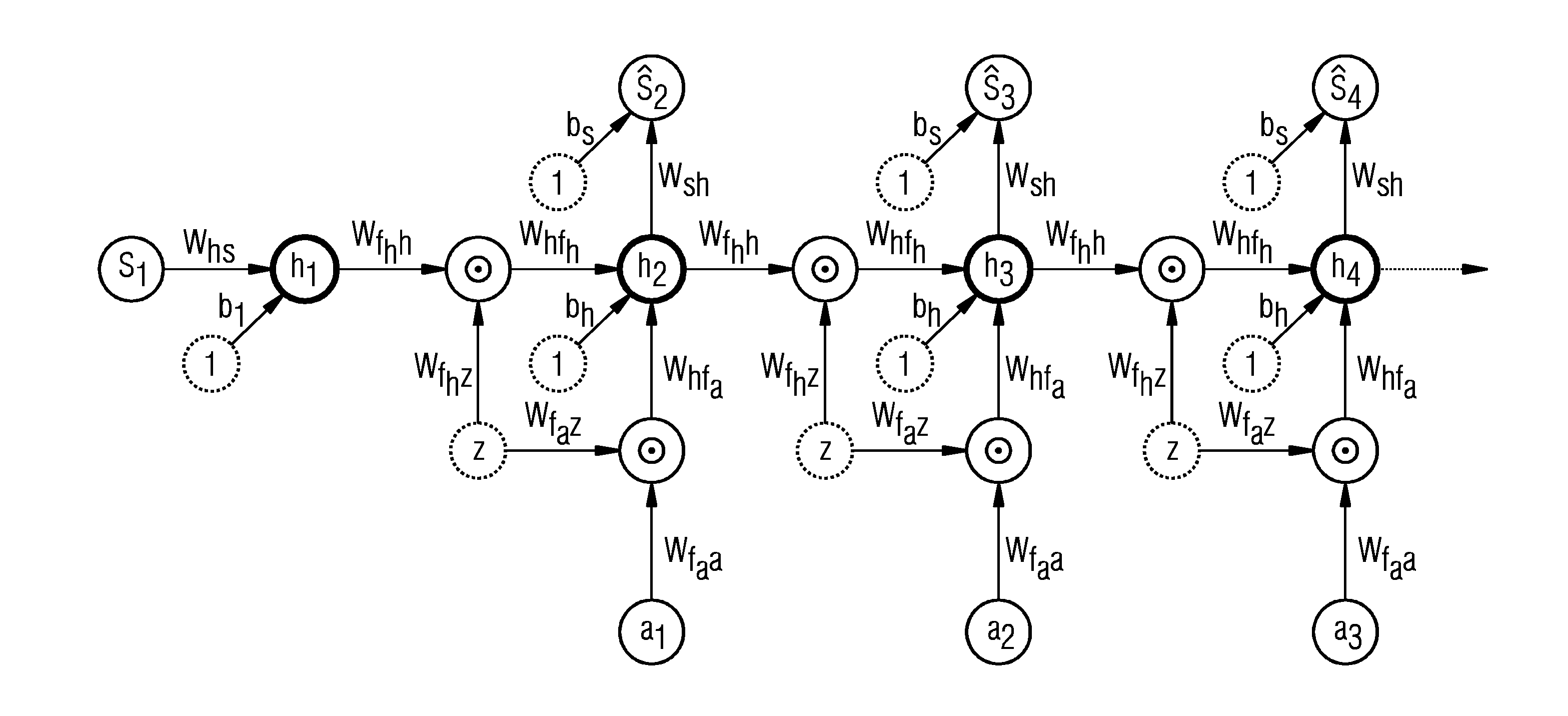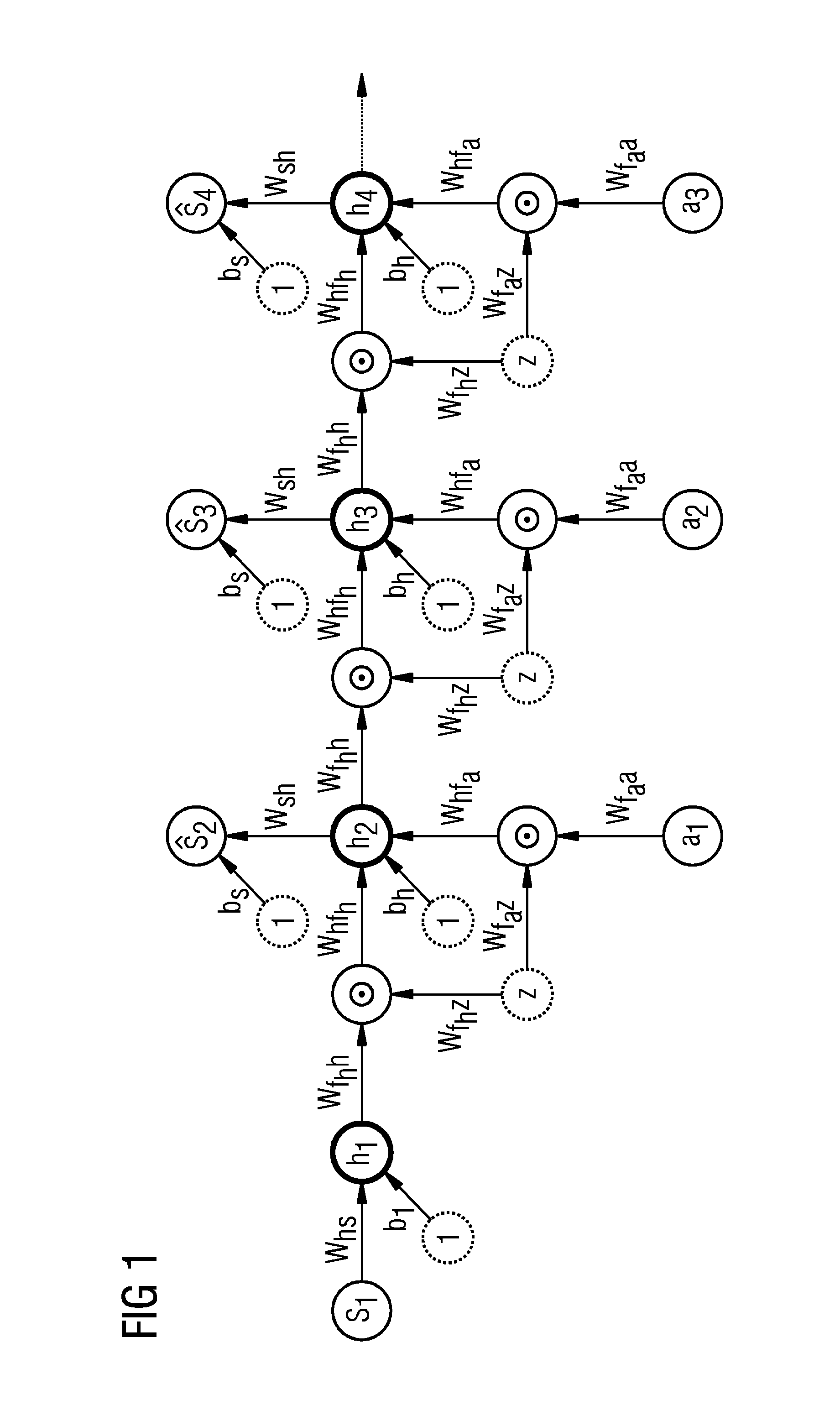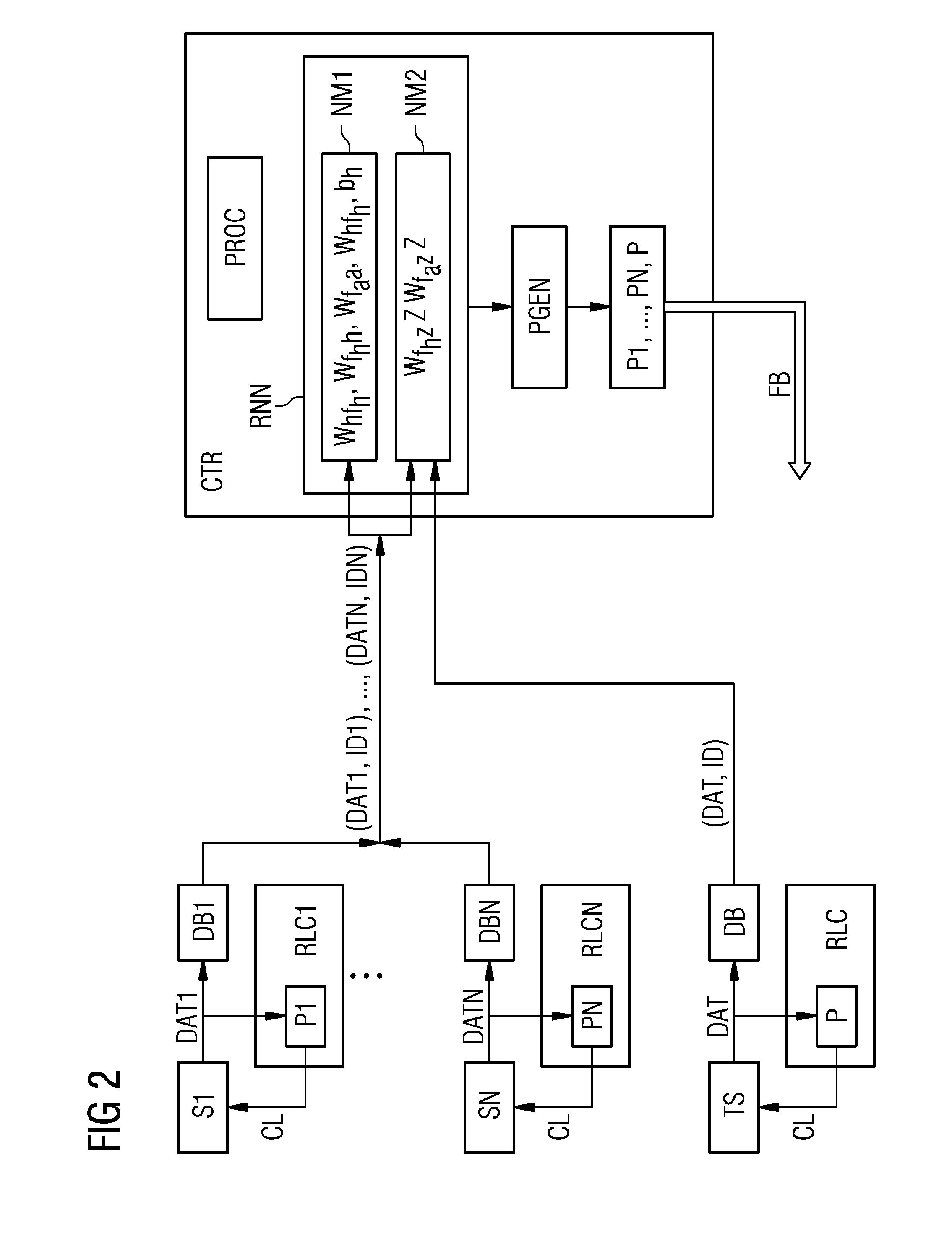Method, controller, and computer program product for controlling a target system
- Summary
- Abstract
- Description
- Claims
- Application Information
AI Technical Summary
Benefits of technology
Problems solved by technology
Method used
Image
Examples
Embodiment Construction
[0022]According to embodiments of the present invention, a target system is controlled not only by means of operational data of that target system but also by means of operational data of a plurality of source systems. The target system and the source systems may be gas or wind turbines or other dynamical systems including simulation tools for simulating a dynamical system.
[0023]Preferably, the source systems are chosen to be similar to the target system. In that case the operational data of the source systems and a neural model trained by means of them are a good starting point for a neural model of the target system. With the usage of operational data or other information from other, similar technical systems the amount of operational data required for learning an efficient control strategy or policy for the target system can be reduced considerably. The inventive approach increases the overall data efficiency of the learning system and significantly reduces the amount of data req...
PUM
 Login to View More
Login to View More Abstract
Description
Claims
Application Information
 Login to View More
Login to View More - R&D
- Intellectual Property
- Life Sciences
- Materials
- Tech Scout
- Unparalleled Data Quality
- Higher Quality Content
- 60% Fewer Hallucinations
Browse by: Latest US Patents, China's latest patents, Technical Efficacy Thesaurus, Application Domain, Technology Topic, Popular Technical Reports.
© 2025 PatSnap. All rights reserved.Legal|Privacy policy|Modern Slavery Act Transparency Statement|Sitemap|About US| Contact US: help@patsnap.com



